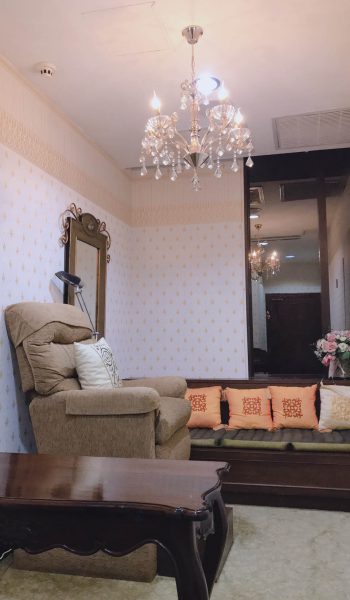What is BOTOX?
BOTOX is a brand name for a purified form of botulinum toxin type A, which is produced by the bacteria, Clostridium botulinum. It is an injection of an extremely small dose into specific facial muscles to stop the problem of muscle contraction.
How dose BOTOX work?
Facial expressions occur when the brain sends a signal to muscle tissues. The electrical message is transmitted from a nerve to the muscle by a substance called acetylcholine. BOTOX blocks impulses from the nerve to the tiny facial muscles that are related to expression lines by blocking the nerve from releasing acetylcholine. This relaxes the muscles to stop them from contracting, leaving the overlying skin smooth and unwrinkled. BOTOX works only on the treatment targeted muscle groups leaving the rest to function as usual thus producing normal facial expressions without the wrinkles.
What is the treatment like?
BOTOX is injected using a disposable syringe with a very fine needle. A very small amount of the BOTOX powder is diluted with saline and is injected precisely into several locations on the face. The pain associated with the injections is minimal. Many patients describe it similar to an ant bite sting lasting for a few seconds. No local anesthetic is required and you can resume normal activities immediately. Treatment takes around 15 minutes depending on the number of areas you wish to treat.




